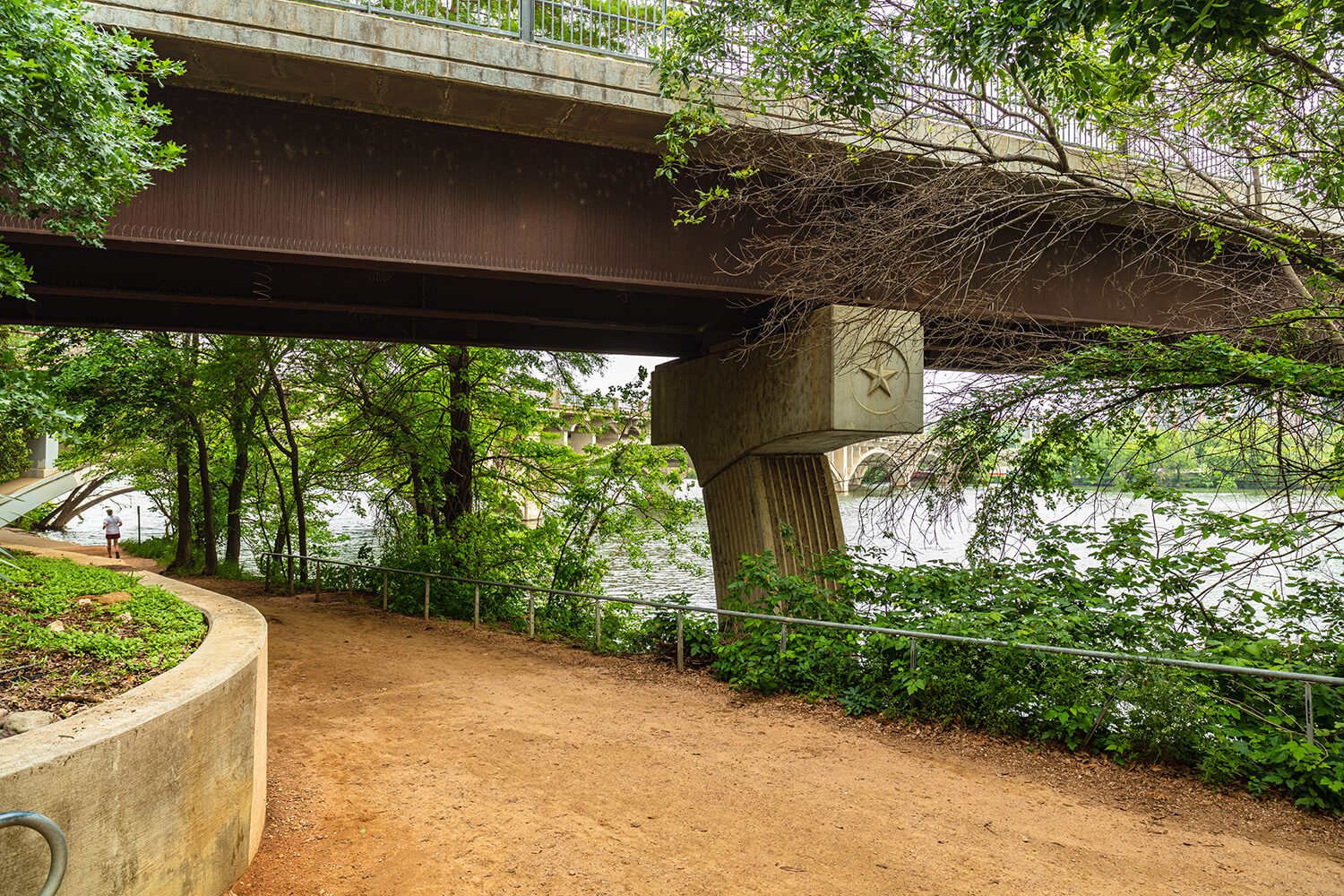
What does this indicator mean?
Extent to which a community’s outdoor air or public water sources contain pollutants.

How is this indicator useful for creating and measuring activity-friendly places?
- To identify and address areas with poor health outcomes related to environmental pollutants (e.g., asthma).
- To identify areas of a community experiencing higher exposures to unhealthy air or water and address the issue before residents experience deadly and costly health outcomes.

What would help the most people benefit from this indicator?
- Pursue measures to reduce congestion and vehicle miles traveled to reduce emissions (improving air quality) and road contaminants (e.g., tire dust, oil) washed into surface water.
- Reduce the size of impervious surface areas (parking lots, vehicle lanes) to reduce stormwater runoff and storm-event flooding. Specifically repurpose or replace unused or underused buildings, parking lots, or other impervious areas near housing, surface water, transportation, and utility infrastructure.
- Maximize use of low-impact development (LID) practices to minimize impervious surface and retain storm water on-site, such as drainage swales, rain and infiltration gardens, and pervious surface treatments; all of which can help mitigate flood events.
- Increase tree canopy to reduce the heat-island effect and better capture and store stormwater runoff created by nearby roads and parking lots.
- Create active transportation plans that identify routes to move cyclists onto streets with lower traffic volume.

